The PASO national primaries are over, but elections keep coming in Argentina.
September will bring three key provincial elections which will continue shaping the country’s political map. Santa Fe, Chaco and Mendoza (in that order) will be defining their governors next month with the main unknown in the northernmost province, where Jorge Capitanich has the difficult task of clinching re-election.
Santa Fe will be holding general provincial elections on September 10. Unión Cívica Radical (UCR) candidate Maximiliano Pullaro, who notched a crushing victory over his primary rival Carolina Losada, seems well on the way to becoming the region’s new governor. His alliance, combining Radicals, PRO and socialists, swept 63 percent of the vote in the PASO.
According to reporting by Perfil, Pullaro and Losada’s campaign teams are working in an integrated and coordinated fashion despite harsh clashes during the primary campaign. Key figures towards that end have been Federico Angelini (Losada’s running-mate) and PRO provincial party chairman Christian Cunha. Underlining the fact, PASO primary provincial capital victor Juan Pablo Poletti (from Losada’s sector) was seen campaigning with Buenos Aires City Mayor Horacio Rodríguez Larreta ahead of the national PASO primaries.
Even if Losada does not seem very active, her party structures and teams have lined up behind Pullaro, who netted almost half a million votes in the primaries. Another key factor was socialism – at the legislative level the list headed by Socialist Clara García and Radical José Corral prevailed over three other lists and will now seek a provincial lower house majority which Unidos para Cambiar Santa Fe believe will be the key to any future government.
Meanwhile Peronist Senator Marcelo Lewandowski, who has his stronghold in Rosario (the province’s most populous city) and won his primary comfortably, faces a mission impossible or something close. Outgoing Governor Omar Perotti heads the legislative list.
The following week it will be the turn of Chaco on September 17 with Governor Capitanich seeking a new term. In the PASO provincial primary, the veteran Peronist was the candidate with the most votes individually (37 percent) despite the elections being overtaken by the uproar provoked by the disappearance of Cecilia Strzyzowski. One figure favours Capitanich – in the national PASO primaries last Sunday, it was Unión por la Patria who finished first in the province.
Confronting him will be the UCR leader Leandro Zdero, who picked up 23 percent of the vote within a Juntos por el Cambio total of 42 percent. Zdero’s challenge will be to retain all the votes of his defeated rival Juan Carlos Polini. One number strongly marking out the mood was a turnout of not much more than 40 percent of the electorate.
Meanwhile in Mendoza, former provincial governor (2015-2019) Alfredo Cornejo will seek a new term on September 24. He garnered 26 percent of his front’s 46 percent, and will need to retain the votes of Luis Petri, his rival who is now Patricia Bullrich’s vice-presidential running-mate.
Cornejo’s main adversary will be Omar De Marchi, who left PRO to form a new electoral front, La Unión Mendocina, which finished second in the provincial primary. De Marchi was neutral in the national PASO primary but will now try flirting with Javier Milei, the libertarian presidential front-runner who swept the province comfortably on August 13.
Peronist candidate Omar Parisi, allied to La Cámpora and Senator Anabel Fernández Sagasti, finished a distant third in the provincial primary and is not expected to challenge.






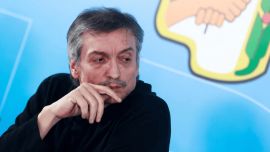








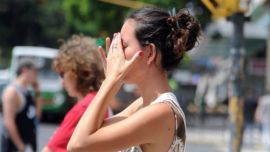
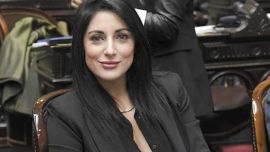
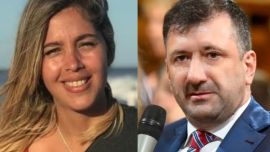
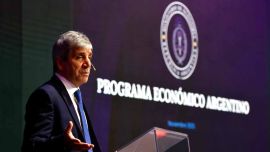

Comments